
I Received Thousands of Pencils From Around The World And Spent 5 Years Building This Installation
This installation of pencils is 28′ wide and 15′ tall constructed entirely from pencils and monofilament fishing line.
The pencils were sent to me from as far as Japan, England, Belgium, Italy, but most came from United States. Entire classrooms of children collected pencils.
The construction first started at an annual conference of the California Art Education Association in 2008 where I was also a keynote speaker. My lecture got a standing ovation!
It took five years to drill, thread and assemble the pencils. This installation is at Castilleja School in Palo Alto.
I continue to look for more exhibition locations. The entire installation can be shipped in five boxes. It takes four hours to build it.
More info: harriete-estel-berman.info
What is the impact of standardized testing on education and arts?
This installation is about the impact of standardized testing on education. While the controversy continues in the news, art can address these issues in a powerful way. Art can teach creativity, problem solving, math and all mandated subjects in core curriculum and education standards.
Installation “Pick Up Your Pencils, Begin”
This view shows that the installation has the thickness of one pencil. It hangs like a curtain. The slightest whisper of air makes pencils move.
Each stanine is a different color. The bell curve represents the distribution of students that take standardized tests.
The thickness of a pencil
The entire installation (28′ width and 15′ height) has the thickness of a pencil.
Touching the pencils is irresistible
Pencils created a really interesting pattern which looks like a Navajo rug. Technically speaking, they were woven together using mono-filament fishing line for warping, and pencils as the weft.
Look at the making-of shots below for more information of how the pencils were threaded together.
Sharpening the pencils
I wanted most of the pencils to be sharpened, since this is about standardized testing. “Don’t they always say bring two #2 pencils?”
Sharpening the pencils was really dirty and exhausting work. At first we used an electric pencil sharpener, but that was too slow. Then I sharpened pencils with my belt sander.
The close up of sharpening the pencils
I decided that I had to speed up the pencil sharpening process with a belt sander.
Thousands of pencils were sent to me from all over the world
People sent me pencils from the United States, Belgium, England, Italy, and Japan.
Pencils were sorted by the color
Pencils were sorted by color and weighed so I would have a rough number of how many pencils I had collected.
One hole at a time was built in each pencil
Drilling the pencils took me a large amount of time. Each hole had to be drilled in the same way, with each hole being exactly the same distance apart.
The pencils were threaded together very carefully
If the pencils were not threaded perfectly in the right order, it would have been a disaster.
The pencil assembly was also at the Maker Fair in San Mateo, CA
Pencils were also taken to Maker Fair in San Mateo where anyone could help assemble the pencils. Kids to adults all gave it a try. It quickly became clear that some people are much better at working with their hands – age had nothing to do with it.
Students at Academy of Art, San Francisco helped to assemble the pencils
I went to several schools from junior high, high school and colleges. These students at Academy of Art helped threading the pencils together after I gave them a lecture.
High School students working on the pencils
High school art student from Sequoia High School worked on the pencils after I gave a lecture for the class. Most of the purple pencils were found left in a closet after they changed their school mascot.
Each stanine of pencils gradually got longer
Eventually, I hired some help to assemble the pencils. It took too much time going to schools.
The progress of each stanine
I had to move all the furniture in my living room to work on the stanines in groups of three.
Close up of the Purple pencils
I just love the pencils of a STAR test (a California based standardized test.) Many of the purple pencils came from Sequoia High School.
Project this big doesn’t happen by itself
My team I worked with on this project:
From left to right:
Ace my son and engineering consultant. He modified the drill and created the drilling rig. Ace also helped with the installation.
Aryn my daughter photographer, installation assistance.
Me (red and yellow tank).
Deborah – the gallery curator.
Bill – my husband and engineer, also the installation manager.
Pencil driller of a year – Adam Evans.
One more person, Alyssa Endo, spent months threading pencils but she couldn’t come to the photo shoot.
6Kviews
Share on FacebookBy high school my children were taking SAT, ACT, High School Exit Exam, Ca. testing, along with AP Honor tests. Too many tests!
"The idea for this sculpture" was inspired by watching my children take so many standardized tests in school.
I love the purple pencils! Impressive work. You explained the purpose of the sculpture but how did you get the idea of this sculpture?
Students Factory Students Factory is a largest and longest running Educational Promotion. Students Factory helps to improve the English lingua to the international level by learning new concepts & developing correct usage with the post modern competitive level. We impart our linguistics expertise to provide the highest quality of educational programs to the global educational sector. Students Factory further adds its value with Professional/Corporate Training & Development, Team building sessions, Learning applications & CER initiatives. Our purpose is to inspire the students of today and yesterday for a better tomorrow.
As any artist knows, life does not allow uninterrupted studio time. Earning money, exhibition work, all while responsibilities distract.
1 years collecting pencils and 4 years working on the sculpture. At first I wanted to take it to schools for students to work on. ..to slow
By high school my children were taking SAT, ACT, High School Exit Exam, Ca. testing, along with AP Honor tests. Too many tests!
"The idea for this sculpture" was inspired by watching my children take so many standardized tests in school.
I love the purple pencils! Impressive work. You explained the purpose of the sculpture but how did you get the idea of this sculpture?
Students Factory Students Factory is a largest and longest running Educational Promotion. Students Factory helps to improve the English lingua to the international level by learning new concepts & developing correct usage with the post modern competitive level. We impart our linguistics expertise to provide the highest quality of educational programs to the global educational sector. Students Factory further adds its value with Professional/Corporate Training & Development, Team building sessions, Learning applications & CER initiatives. Our purpose is to inspire the students of today and yesterday for a better tomorrow.
As any artist knows, life does not allow uninterrupted studio time. Earning money, exhibition work, all while responsibilities distract.
1 years collecting pencils and 4 years working on the sculpture. At first I wanted to take it to schools for students to work on. ..to slow

 Dark Mode
Dark Mode 

 No fees, cancel anytime
No fees, cancel anytime 






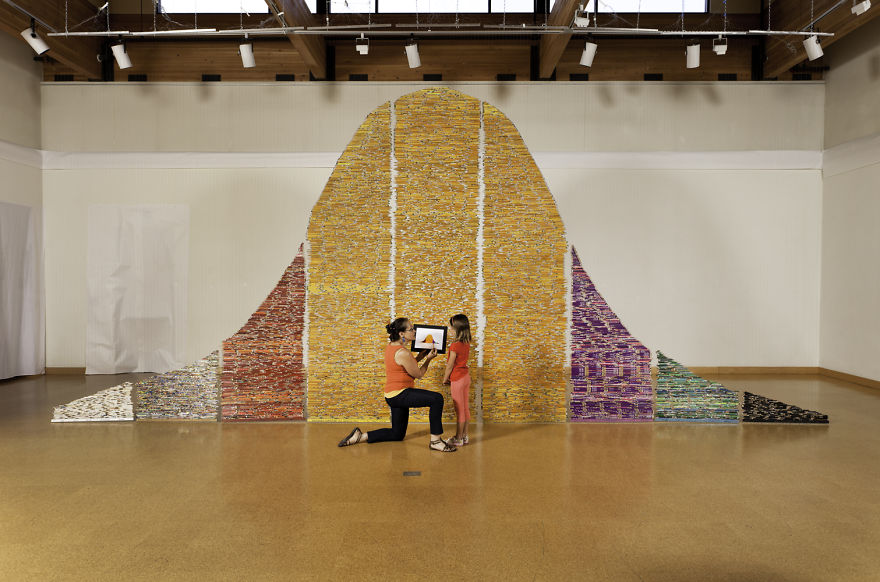
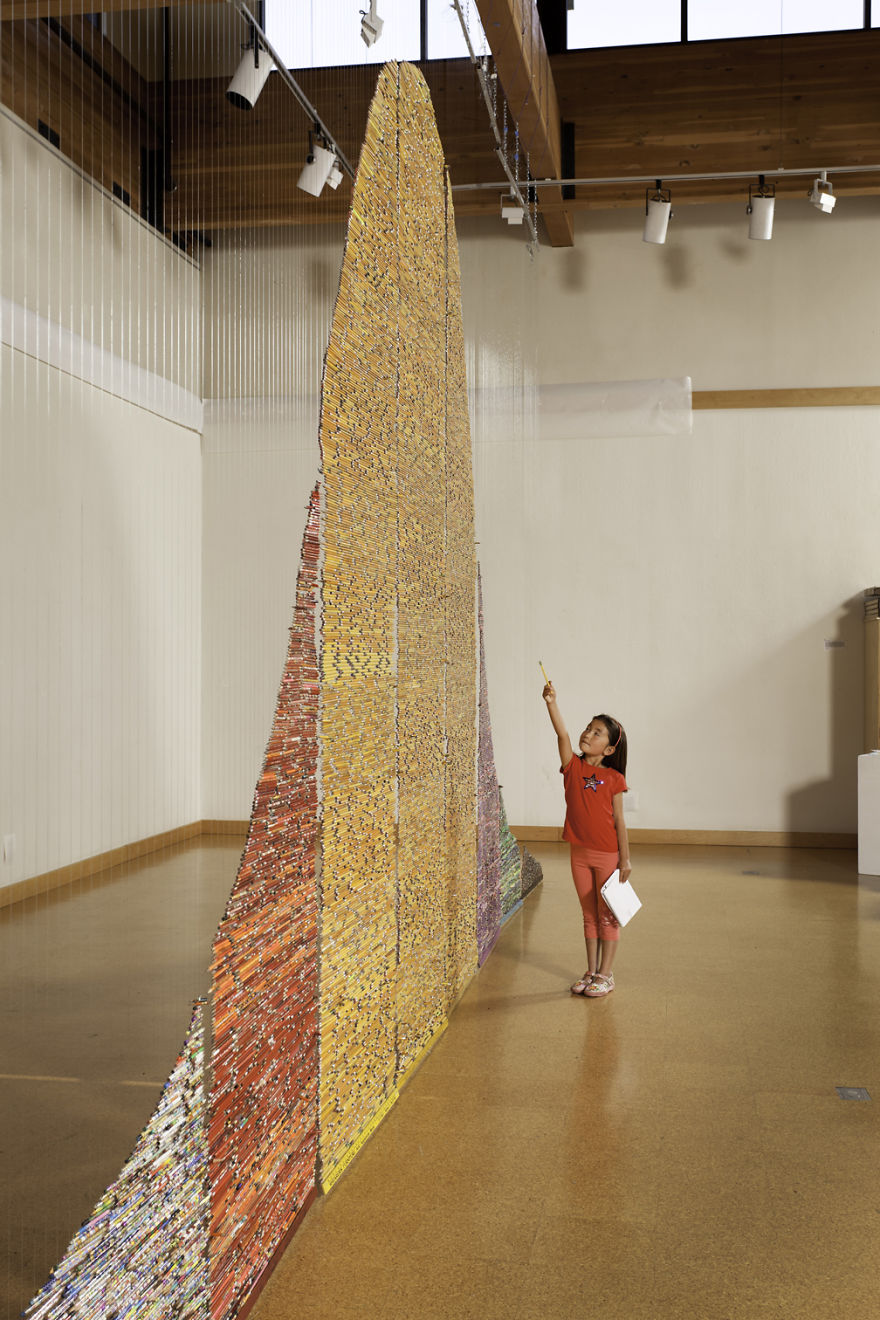
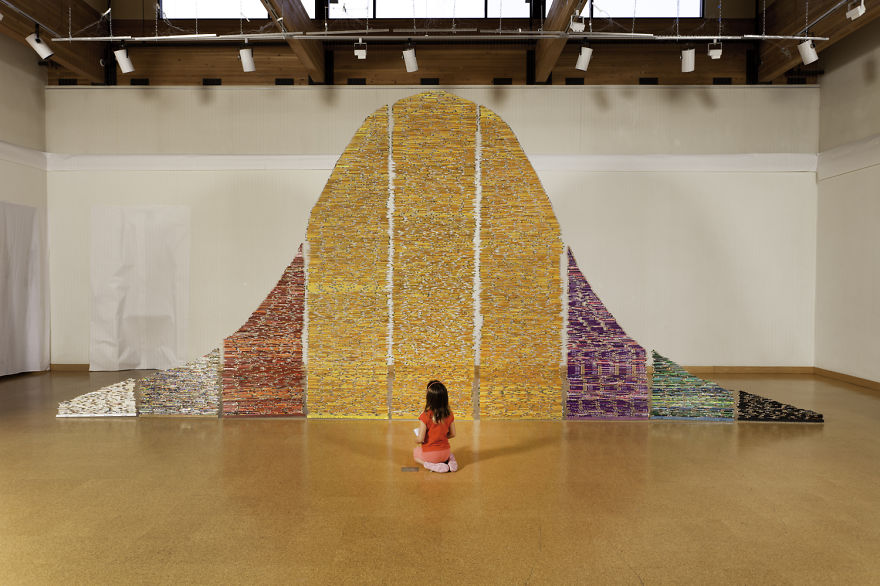
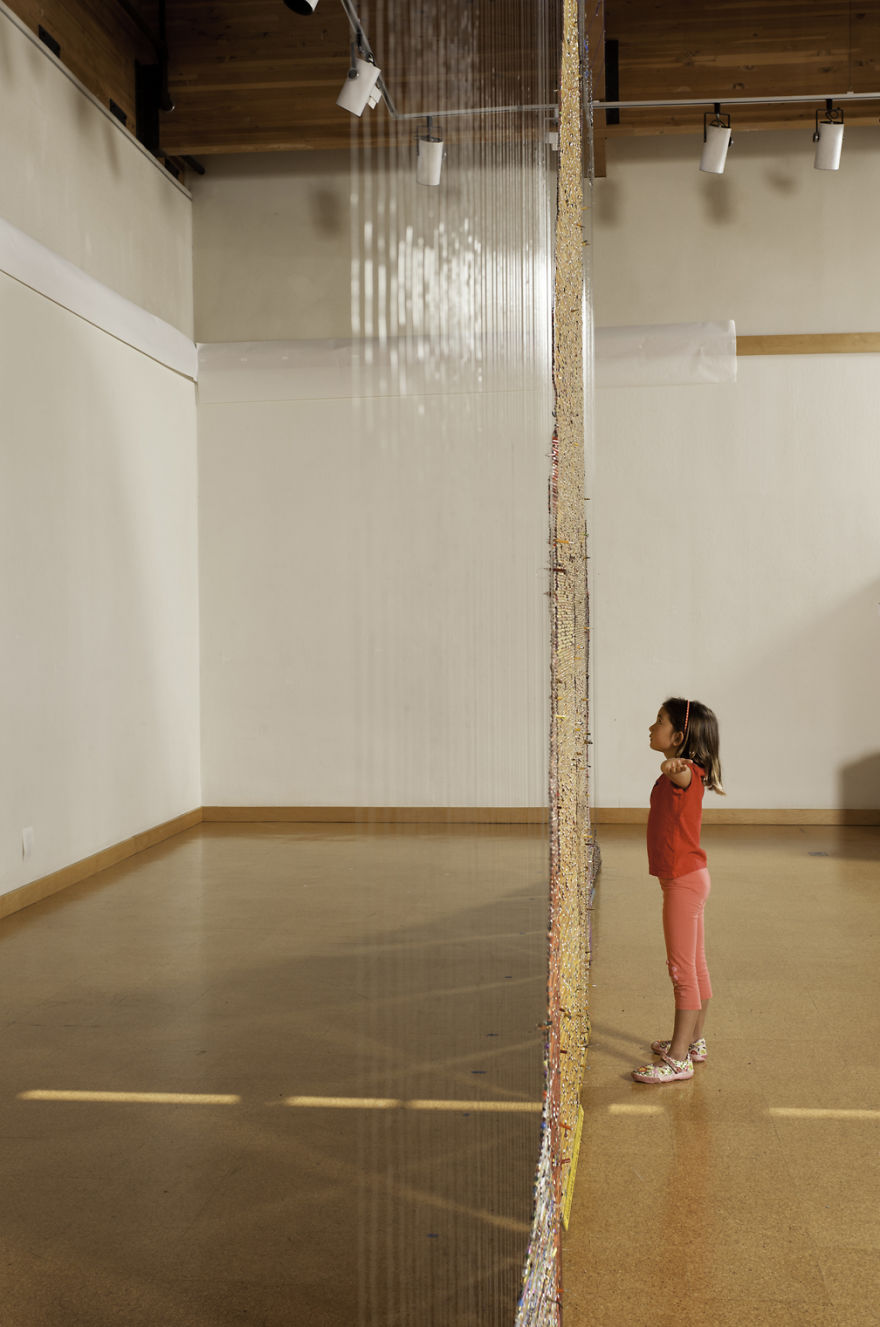
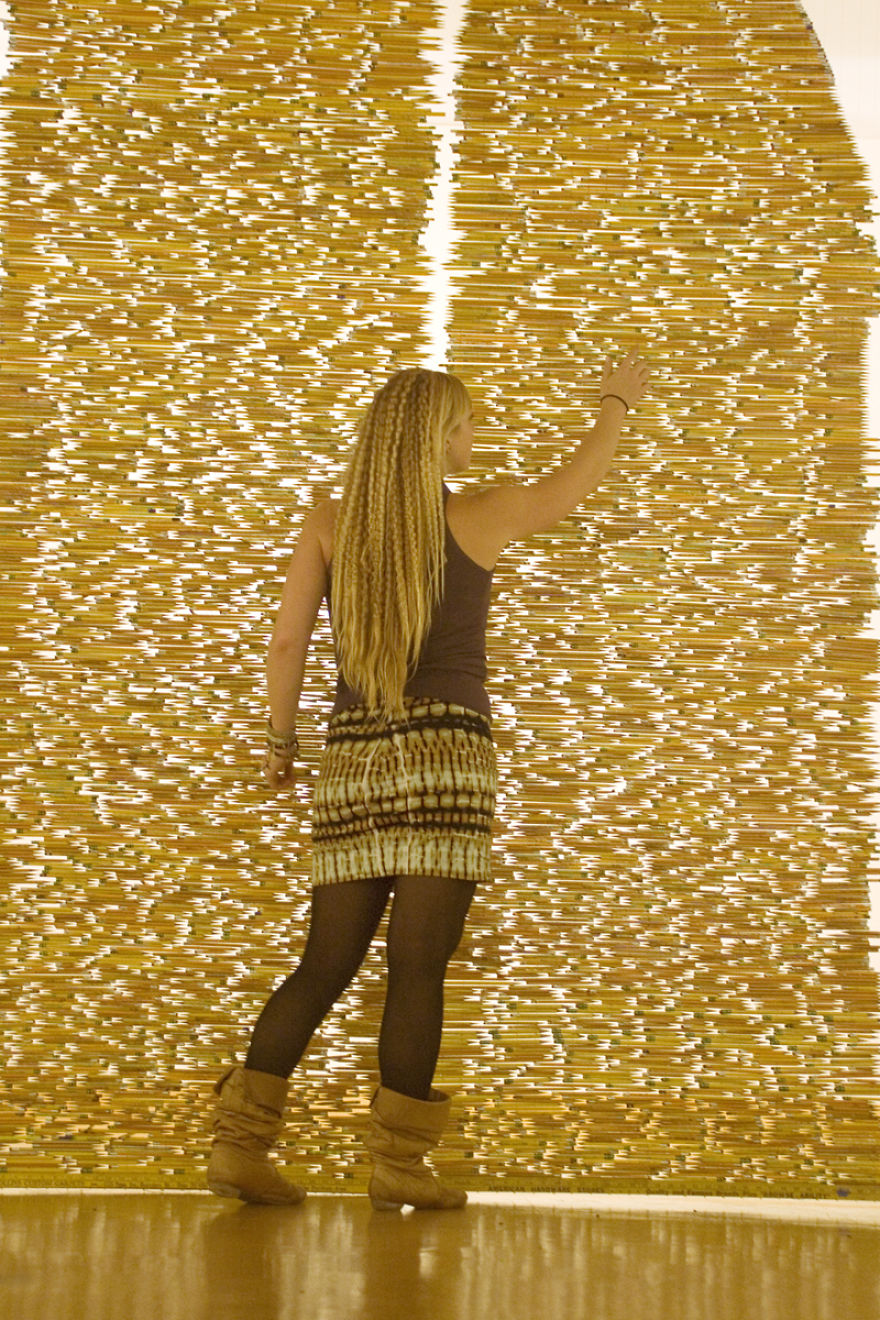
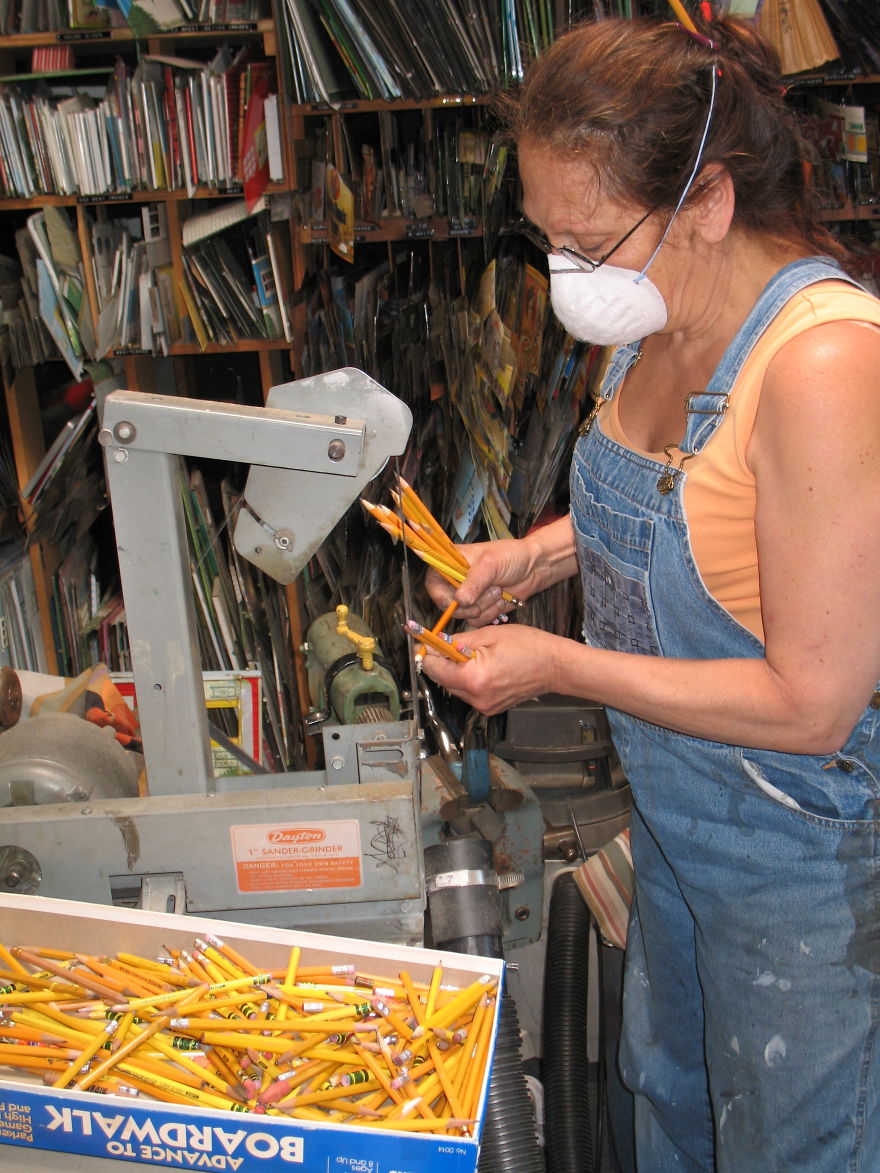
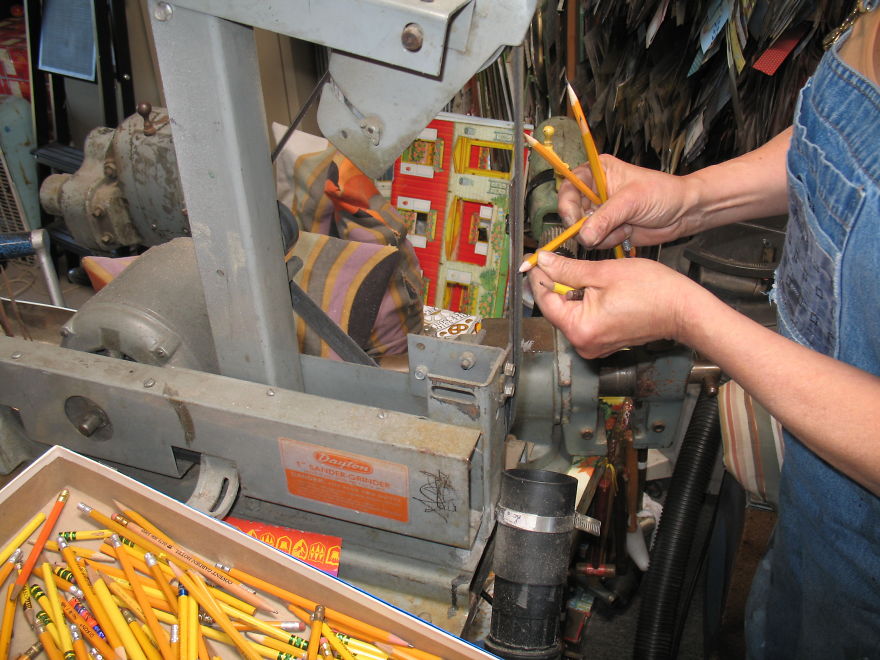
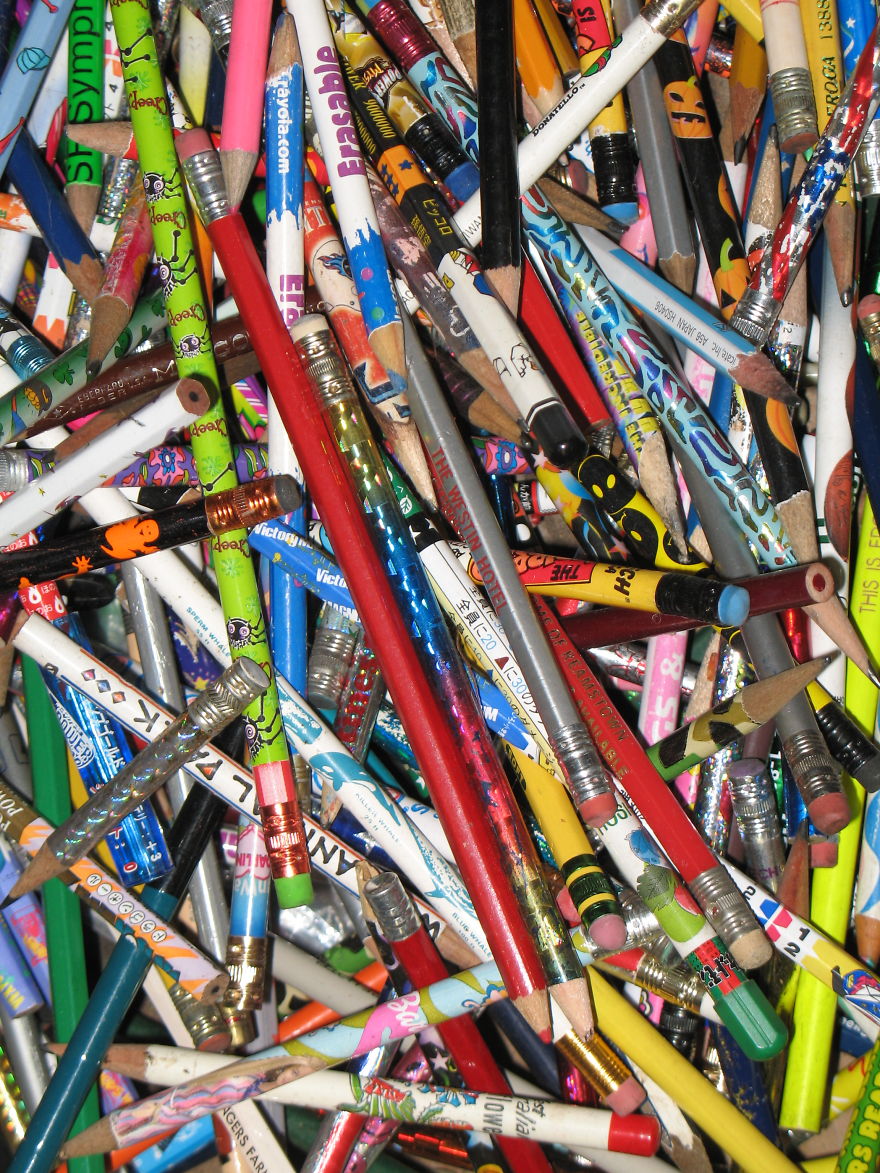
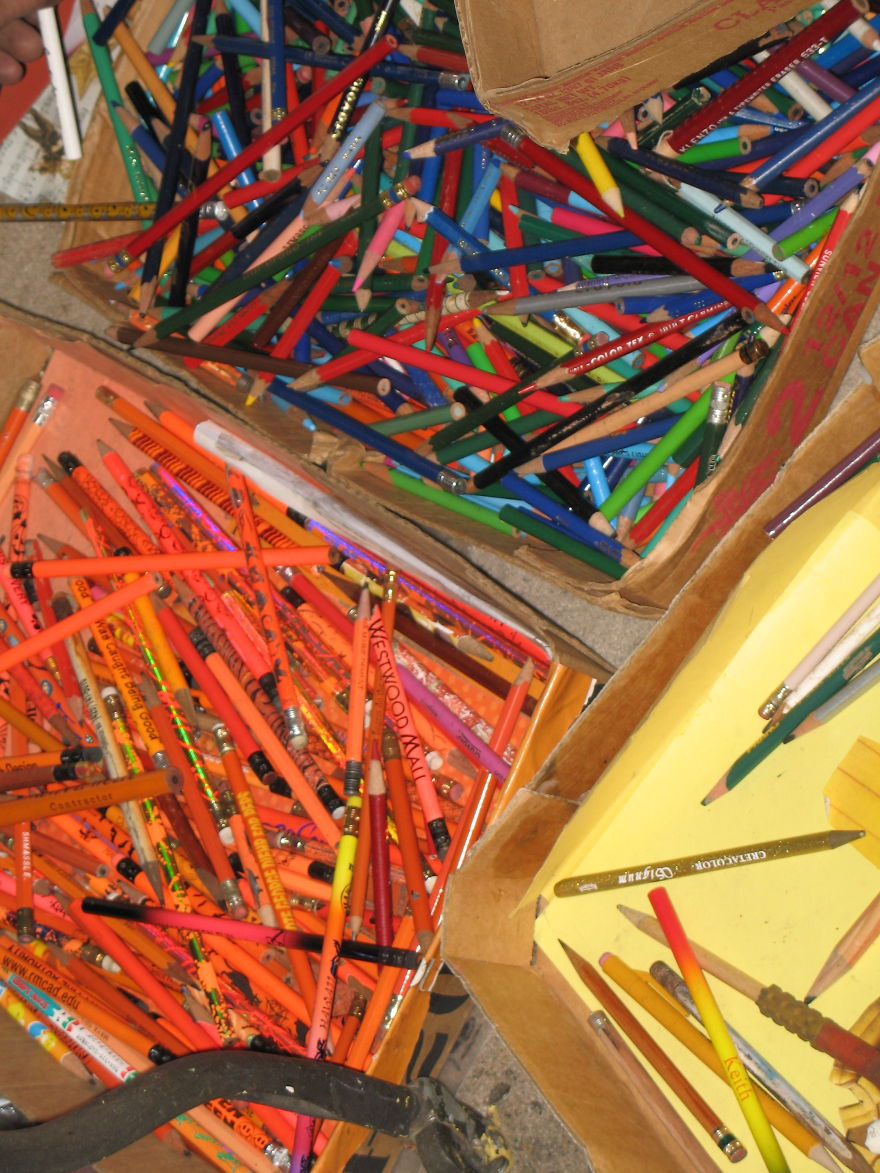
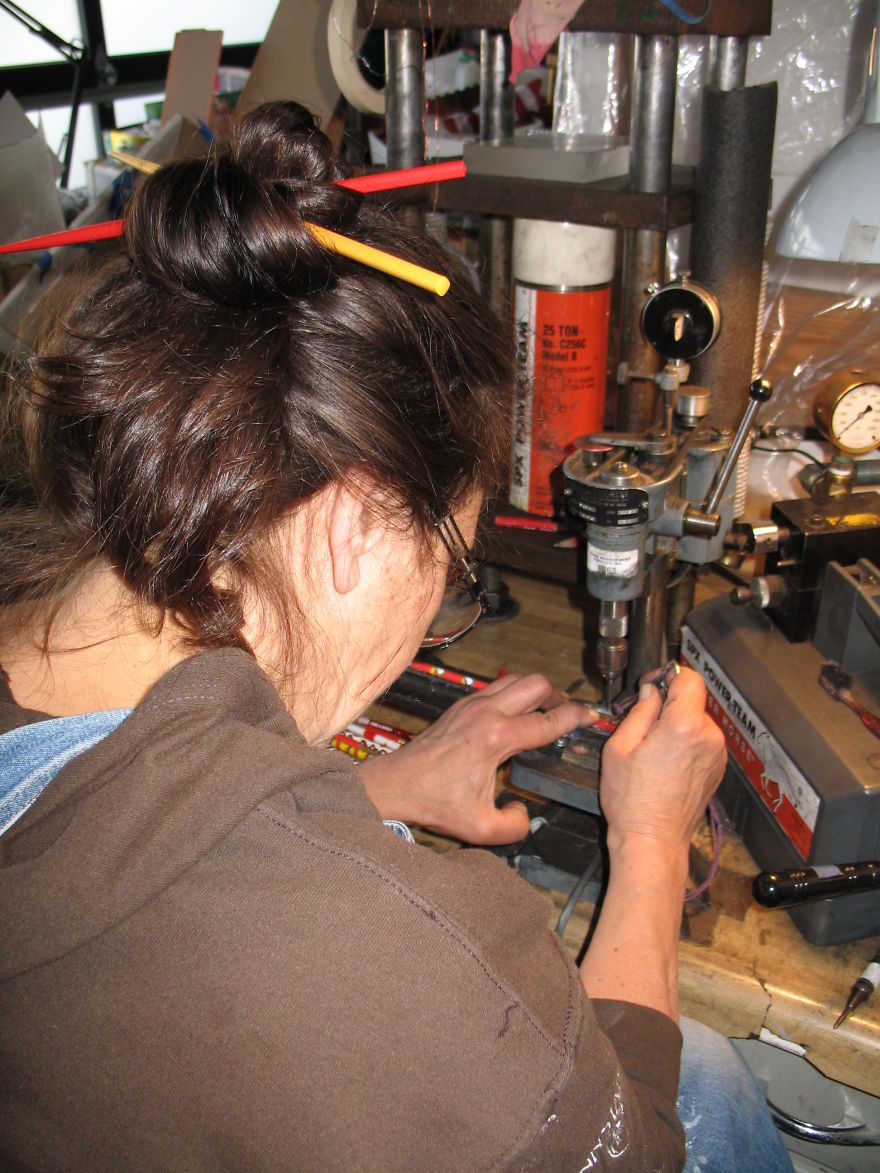
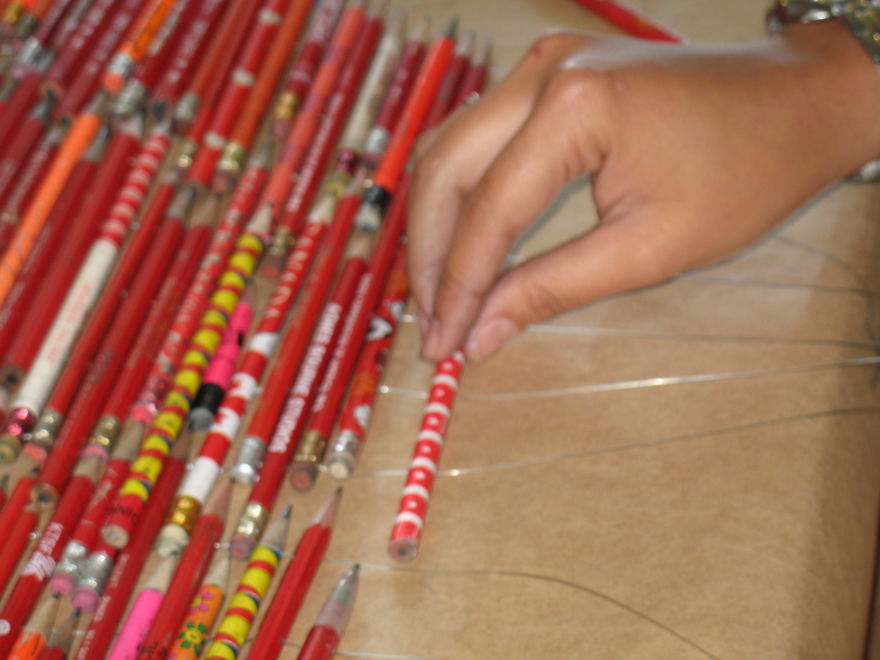
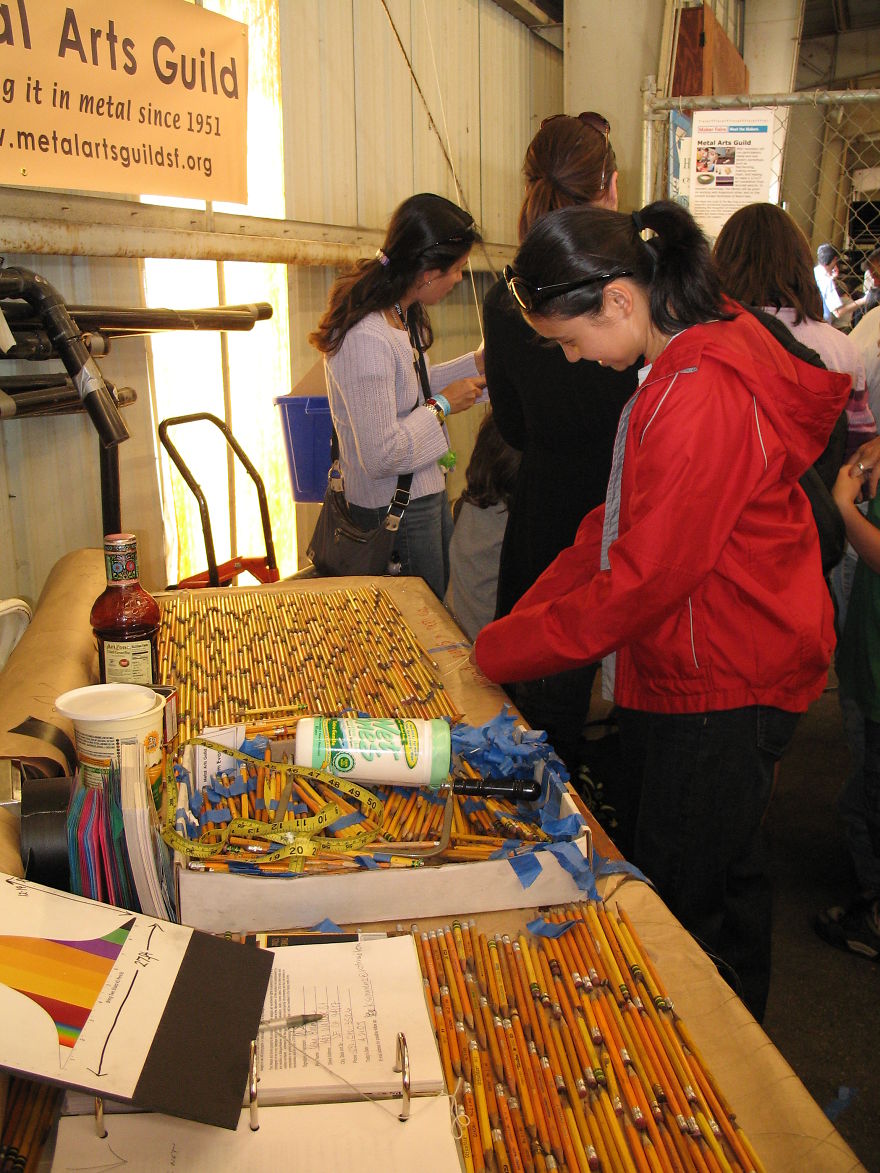
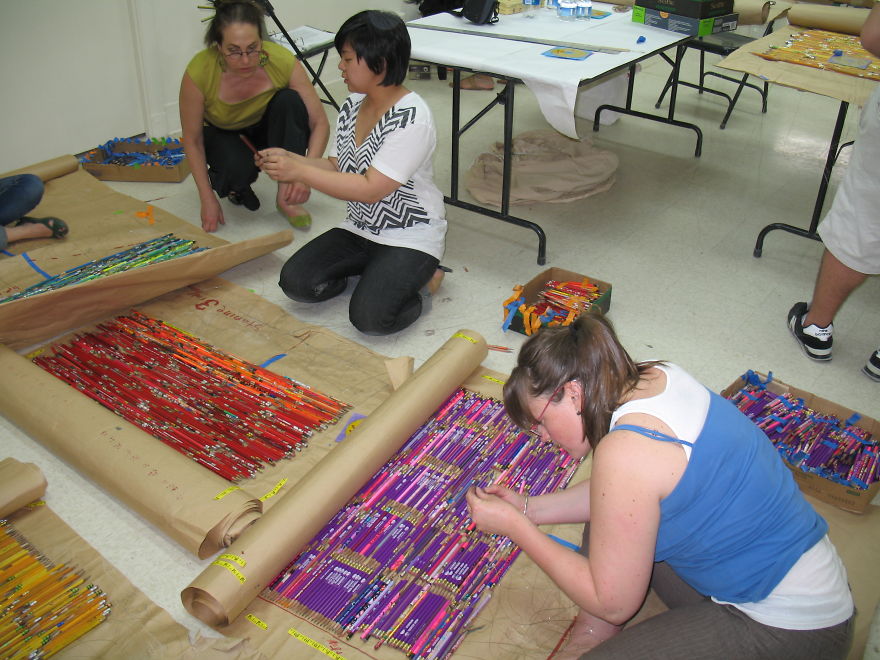
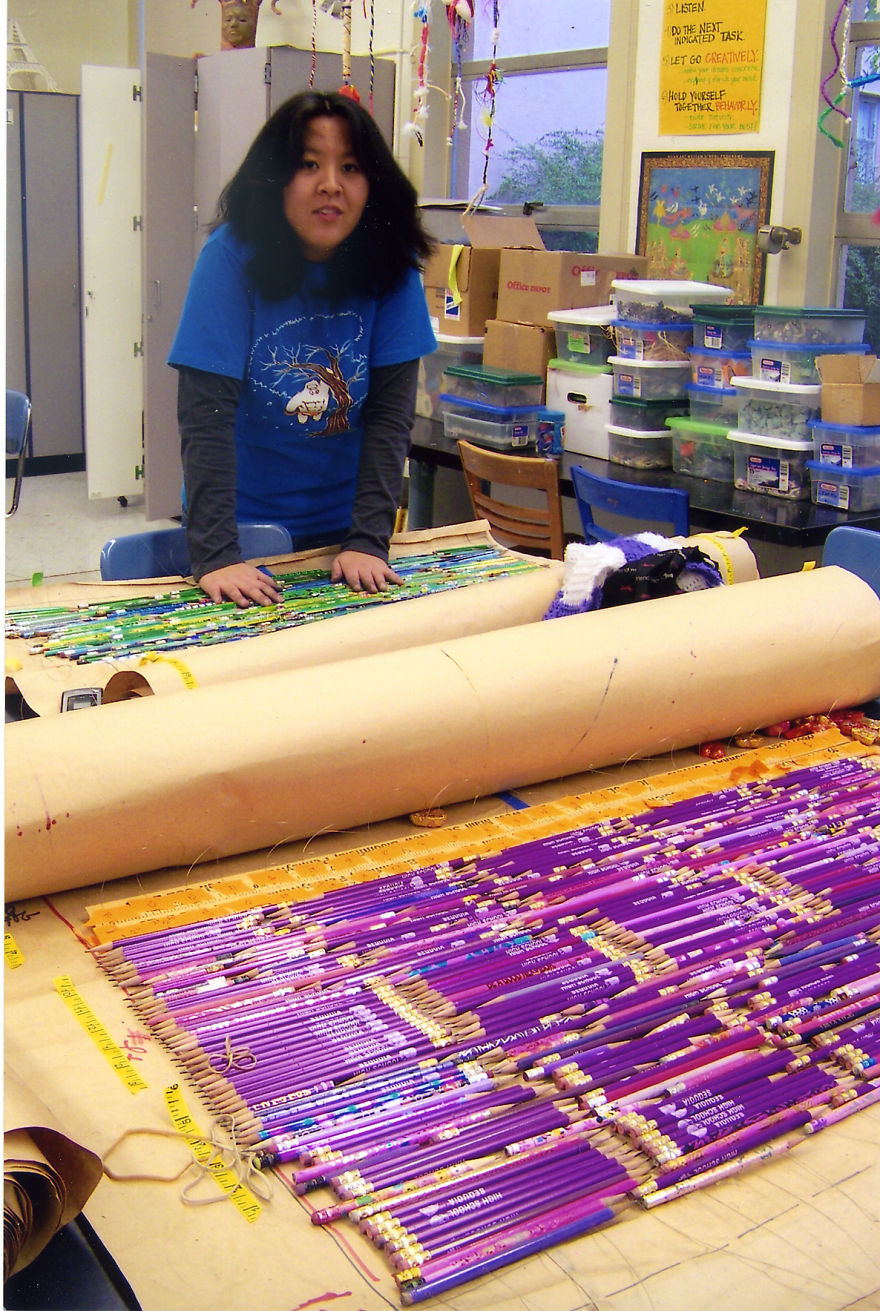
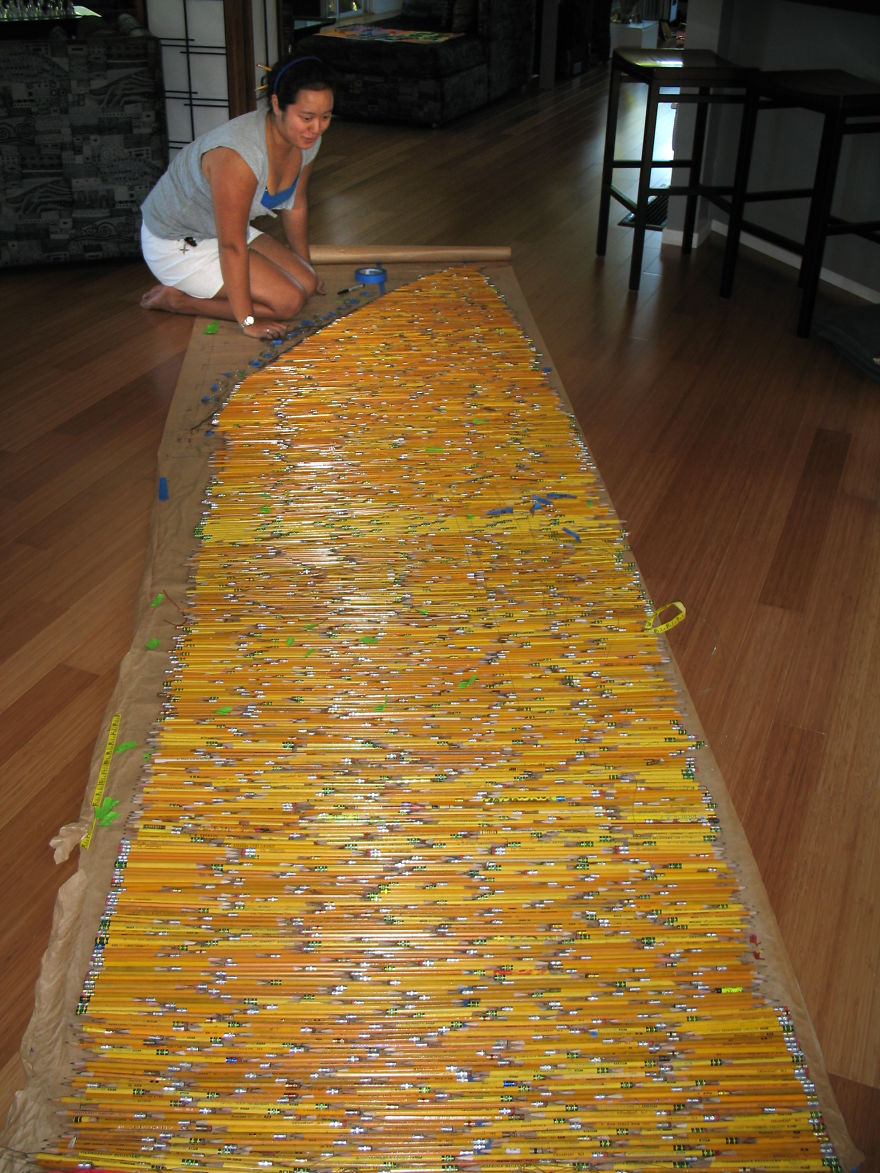
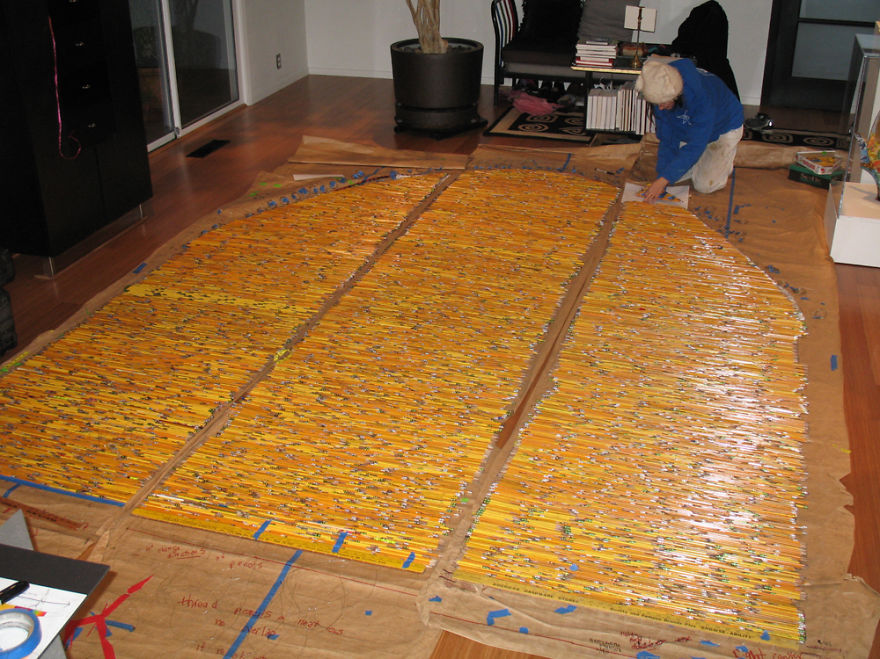
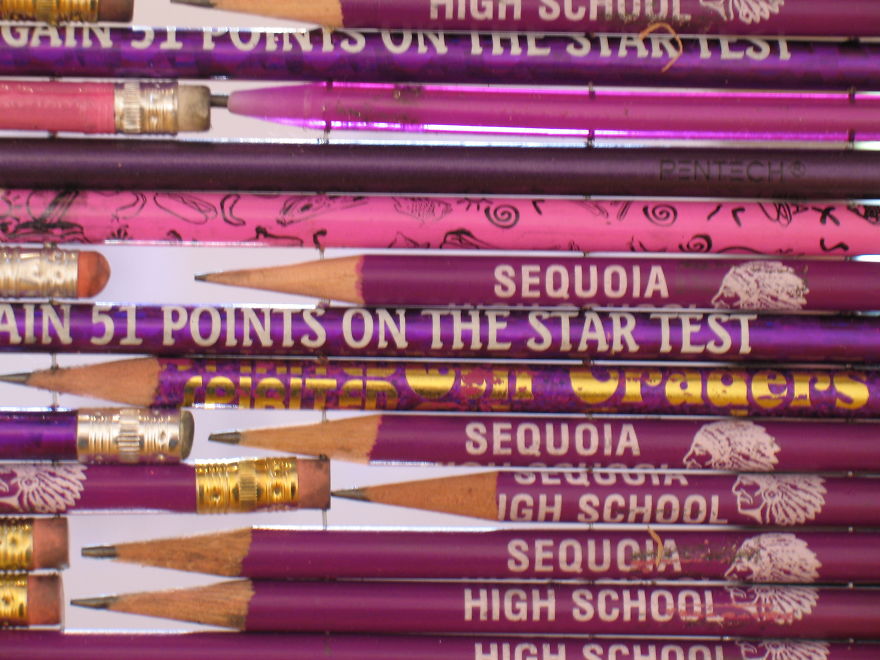
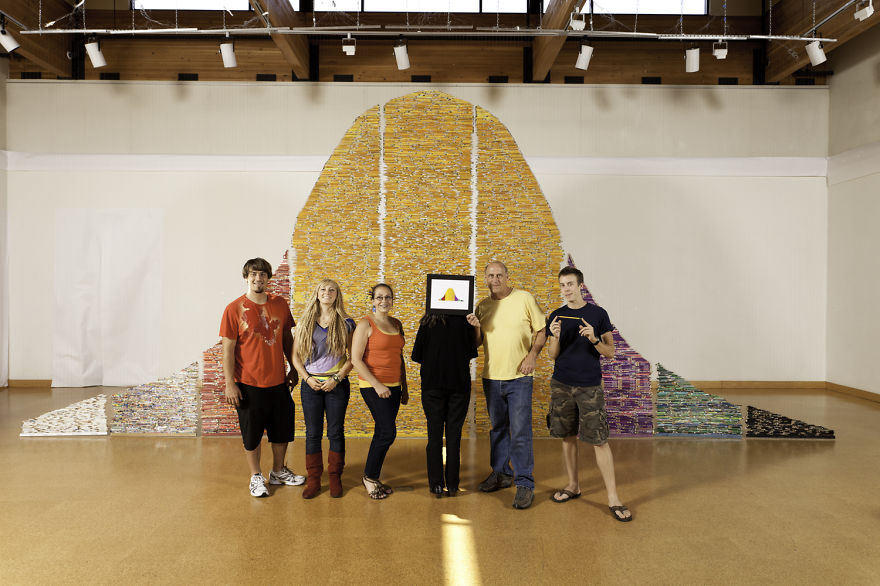
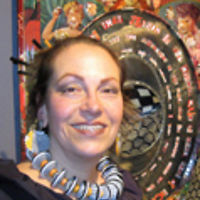




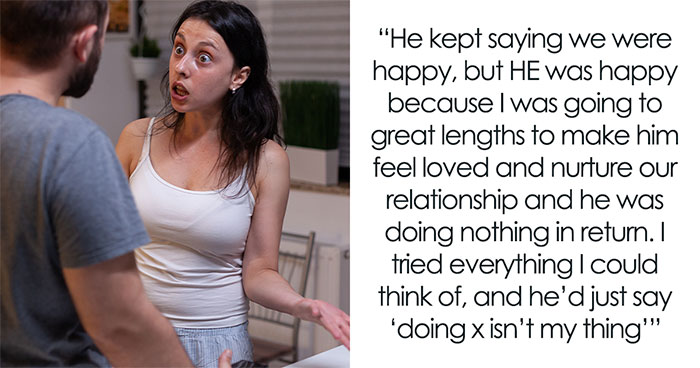

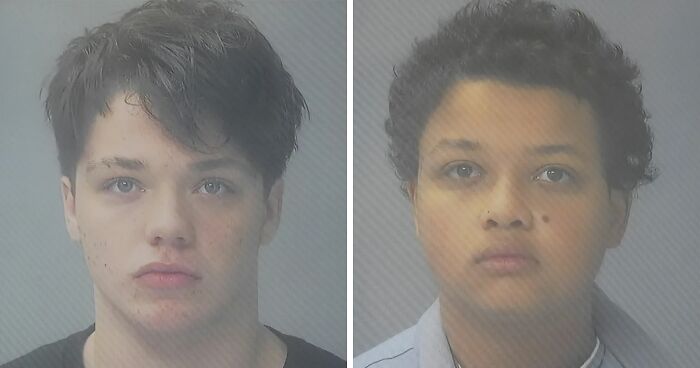

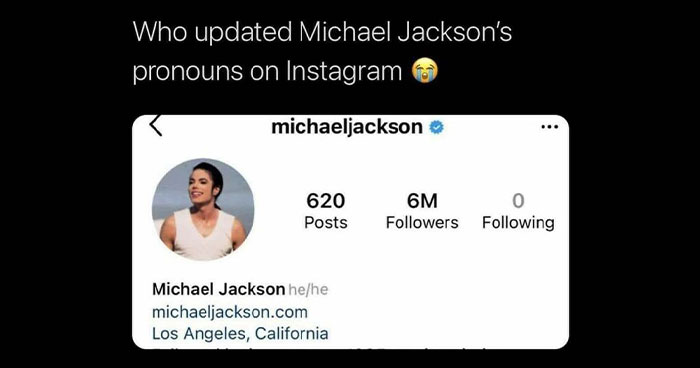
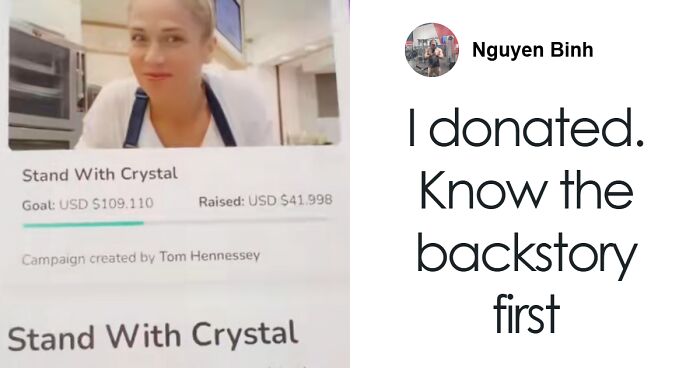
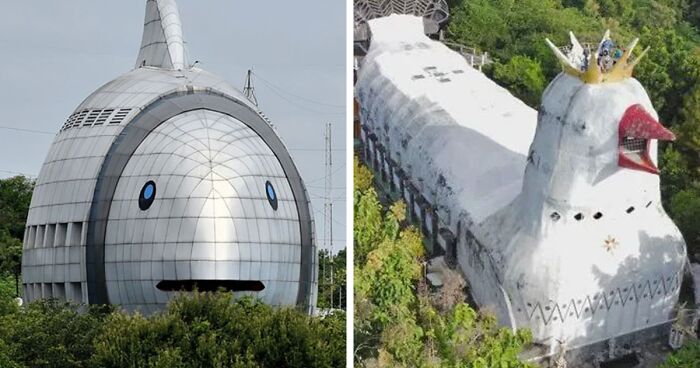
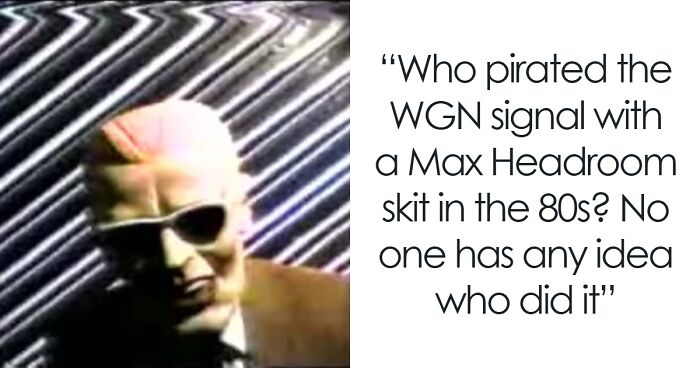

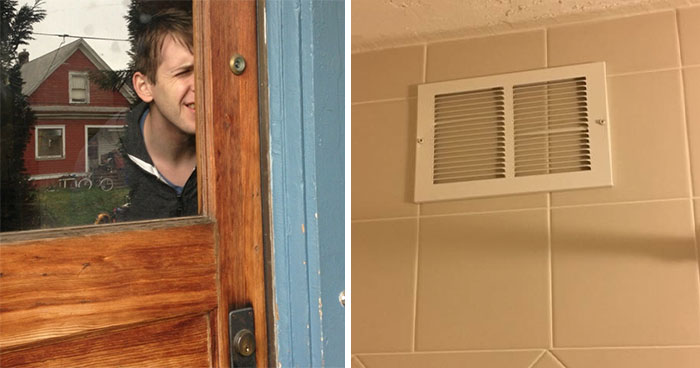
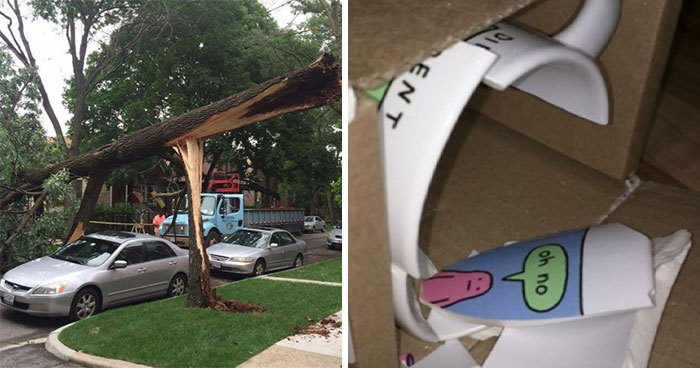

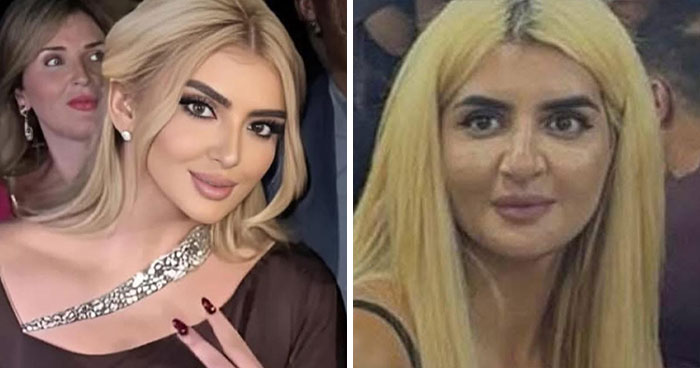
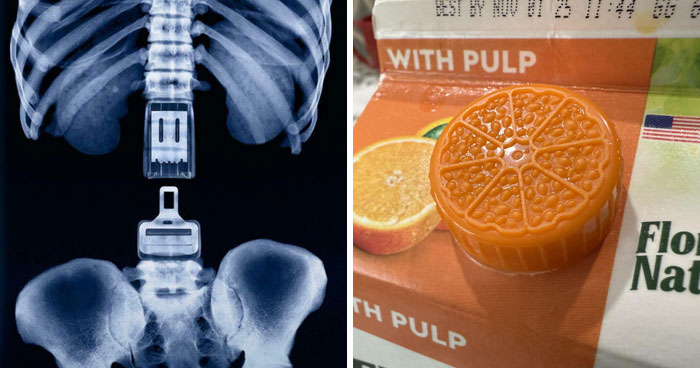
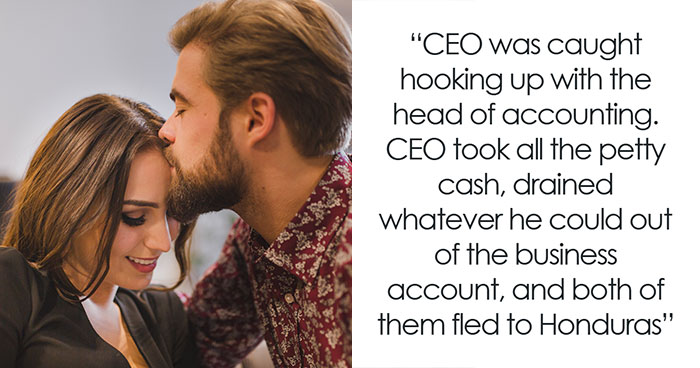

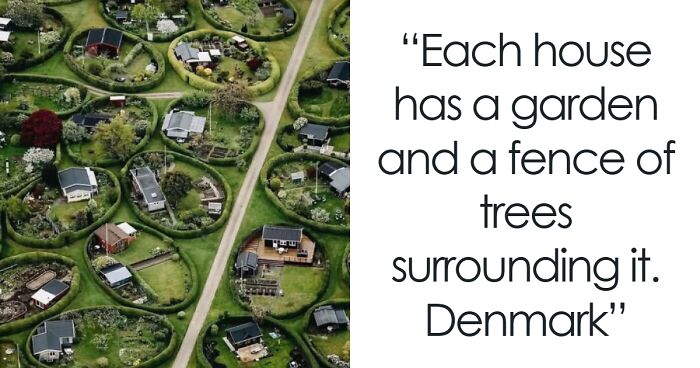

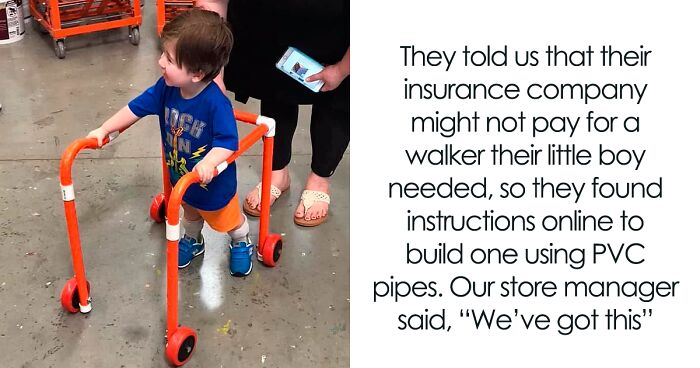
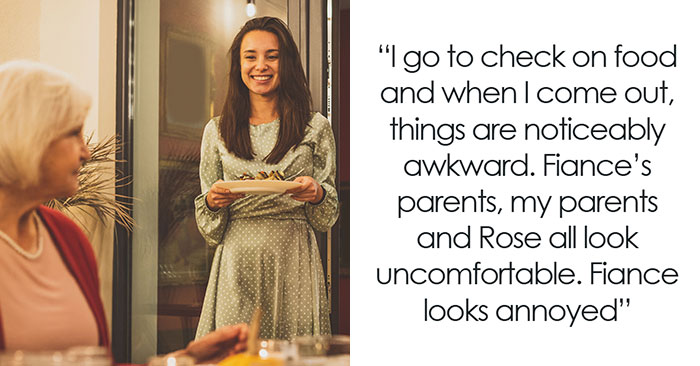
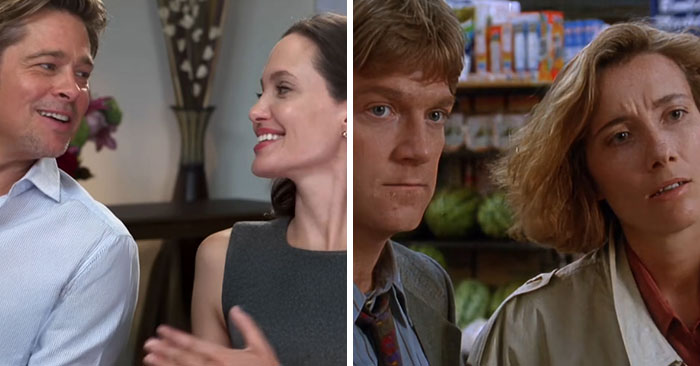

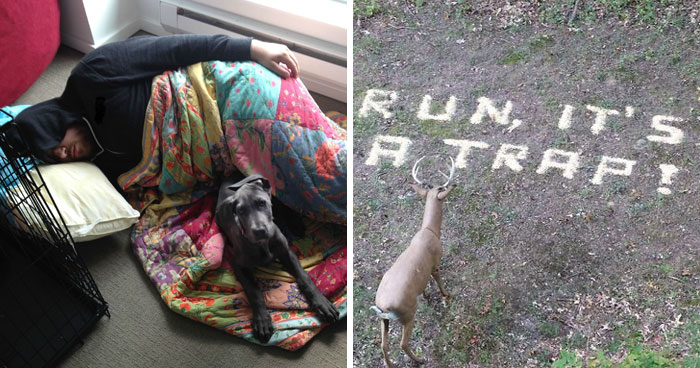

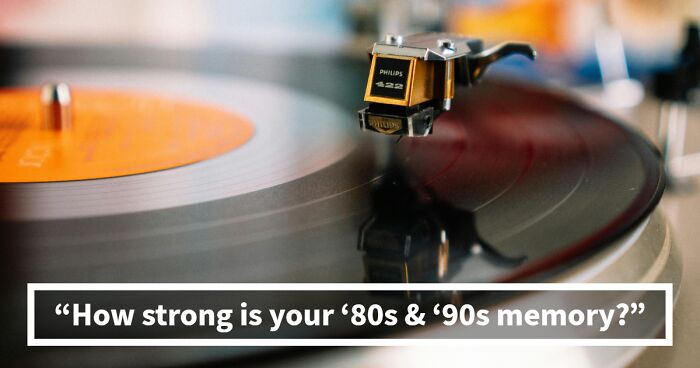
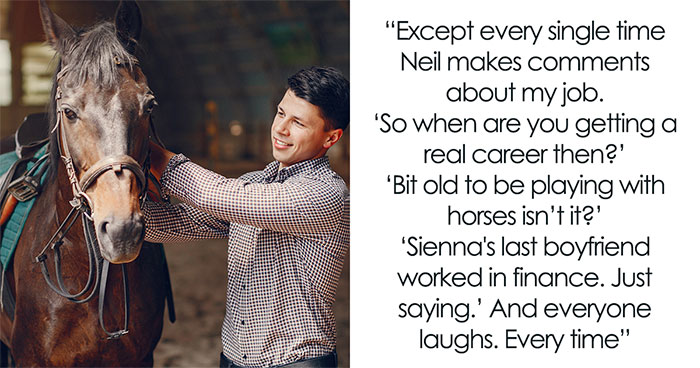
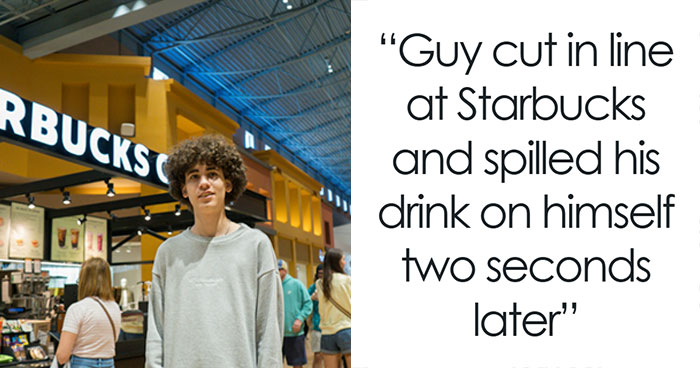



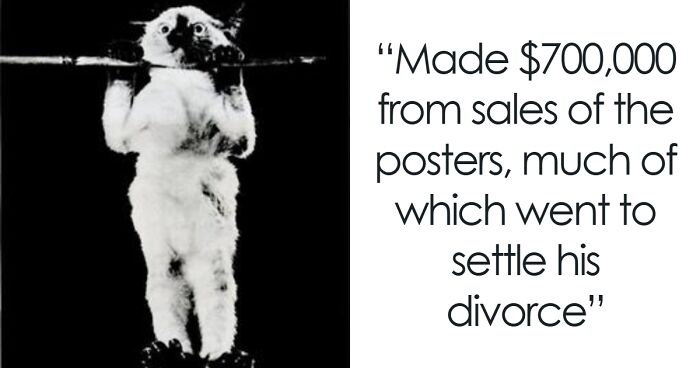
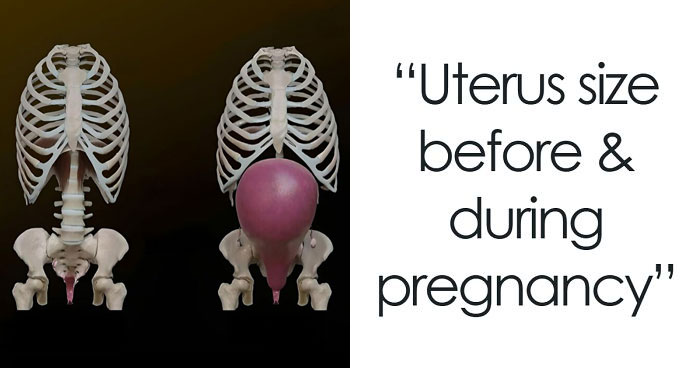

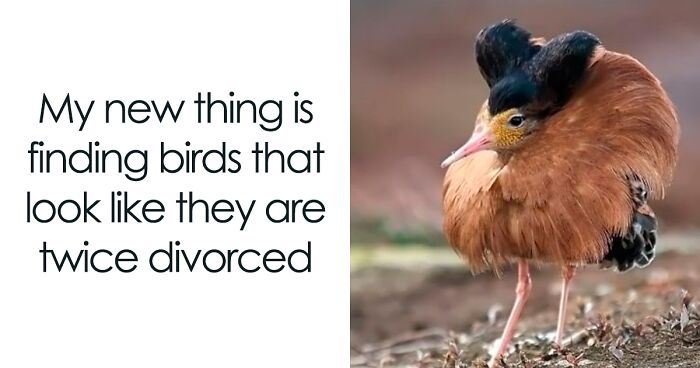

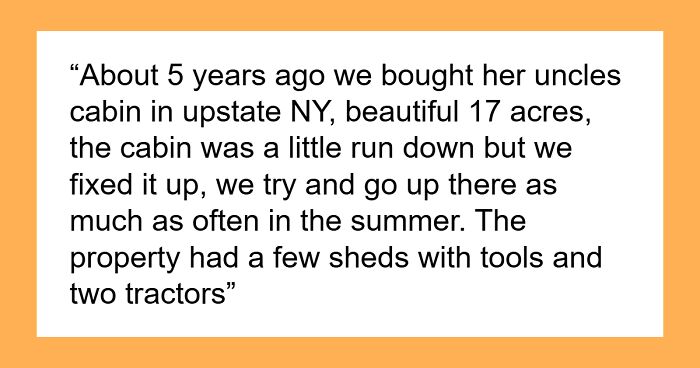


32
9